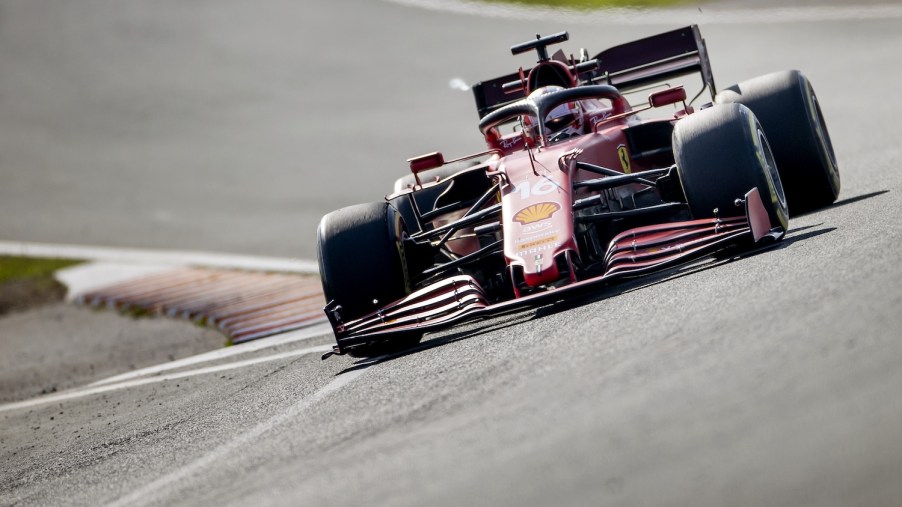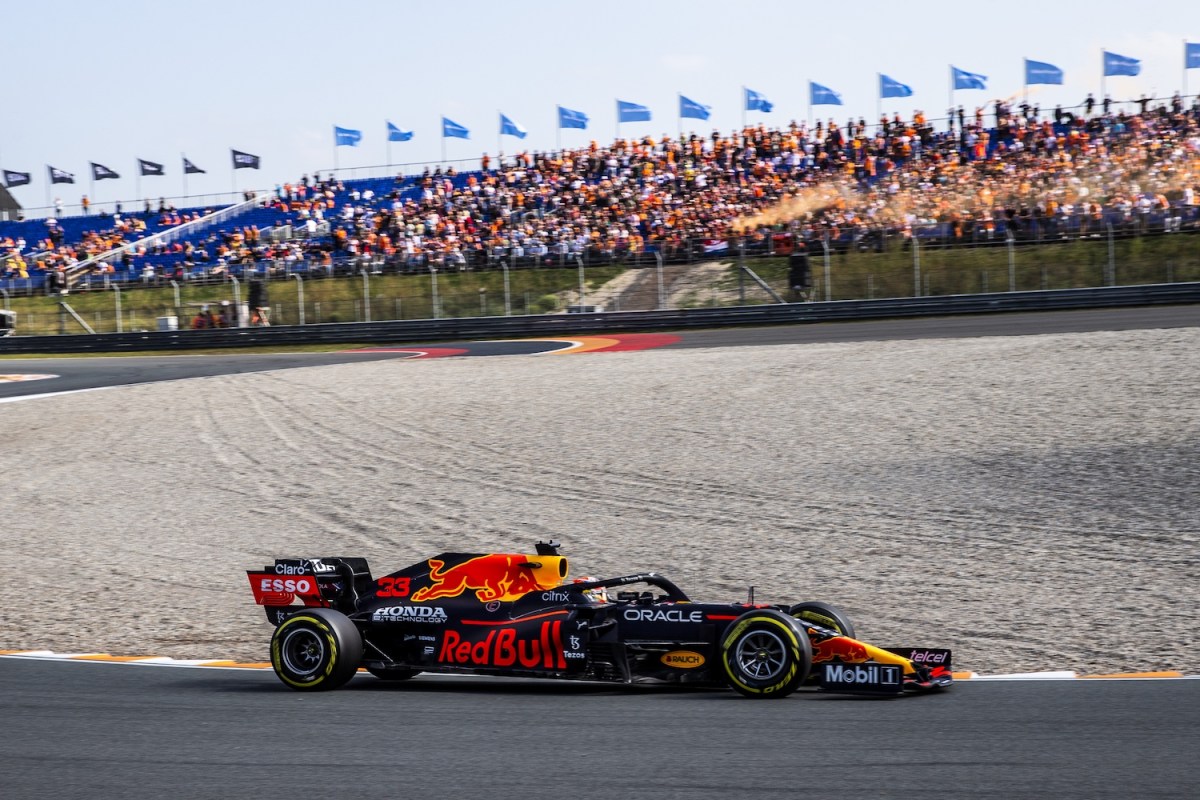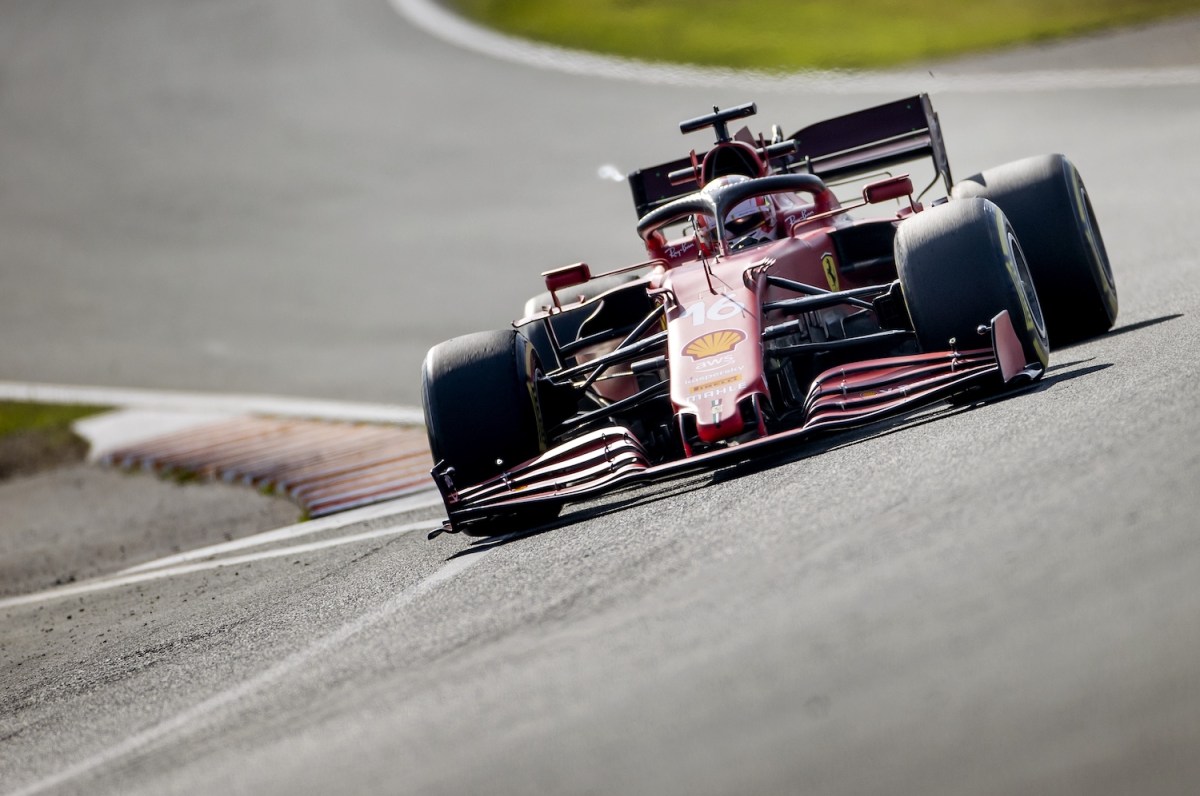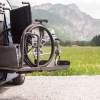
What We Can Expect From This Weekend’s Formula 1 Grand Prix at Zandvoort
Dutch fans are in for a treat this weekend, as Formula 1 finally returns to the Netherlands for the Dutch Grand Prix at Zandvoort. Red Bull’s Dutch driver Max Verstappen is in the title fight with Lewis Hamilton at Mercedes, which makes this the best year for the F1 circus to return. It’s a short but technical track and should have some intense and interesting racing. Like any other circuit, the teams need to tune the cars according to a multitude of factors including braking, elevation, and tires. Here’s what we can expect from this weekend’s Dutch Grand Prix.
How long since F1 was at Zandvoort?

Zandvoort has been heavily redesigned since F1’s last race there in 1985. It was a special race, as it was Niki Lauda’s 25th and final win of his career, ahead of his retirement at the end of the season. In the mid-80s, the McLaren-TAG was the car to beat. F1 cars of this vintage were making over 1,000 horsepower in qualifying trim and were fuel-limited for the race. F1 allowed turbochargers back then, until the 1989 season. Zandvoort will once again see turbocharged F1 cars.
How has the circuit changed?

In its 1985 configuration, Zandvoort was a big circle, with a couple of chicanes and a hairpin. Now, it’s still the same length at 2.6-miles, however, it’s completely different. The lap starts into the same hairpin, then a 90-degree sweeping right-hander, before another hairpin, and then into a slalom. The circuit has 14 corners, three of them banked. After free practice on Friday, drivers described the cars as sliding in a toboggan through the banked corners.
How do drivers deal with Zandvoort quirks?

Zandvoort flows quickly, like Spa or Interlagos, and exhibits several elevation changes throughout the lap. Teams will have to pay close attention to how the tires behave through the banked corners. The circuit’s environment can also change drastically, in terms of the weather. Like most circuits on the calendar, drivers may face some trouble overtaking one another. Pundits described Zandvoort on Friday as a faster Hungaroring.
Drivers need to contend with banking that is steeper than the Indy circuit, and constantly hitting up to 6g in a few corners. Pirelli have allowed 22psi in the front and 21.5 in the rear, while the cars run -3 and -2 degrees camber in the front and rear, respectively. This indicates that Pirelli is confident the cars can run the tires more aggressively, according to Ed Straw.
It’s going to be a challenging weekend

From how McLaren Driver Lando Norris describes the circuit, it sounds relentless. It’s one continuous, extremely fast roller coaster. Depending on how the drivers go, Zandvoort, like some technical circuits, could be tough on tires, which will shake up strategies. Technical circuits, though tough to pass on and are relatively short, aren’t generally fast. This should ensure the Dutch Grand Prix as a spectacle, and a truly unique race. Mercedes and Red Bull have been head-to-head so far this season, but Ferrari topped the time charts of free practice 2 on Friday, so they could be in the fight as well.


